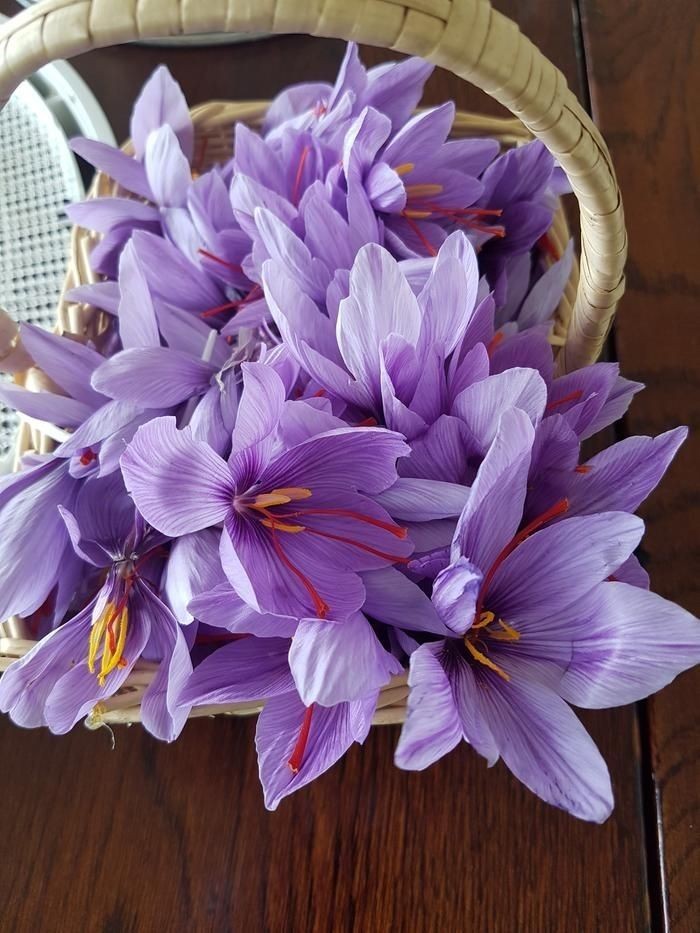Categories
The latest content
-
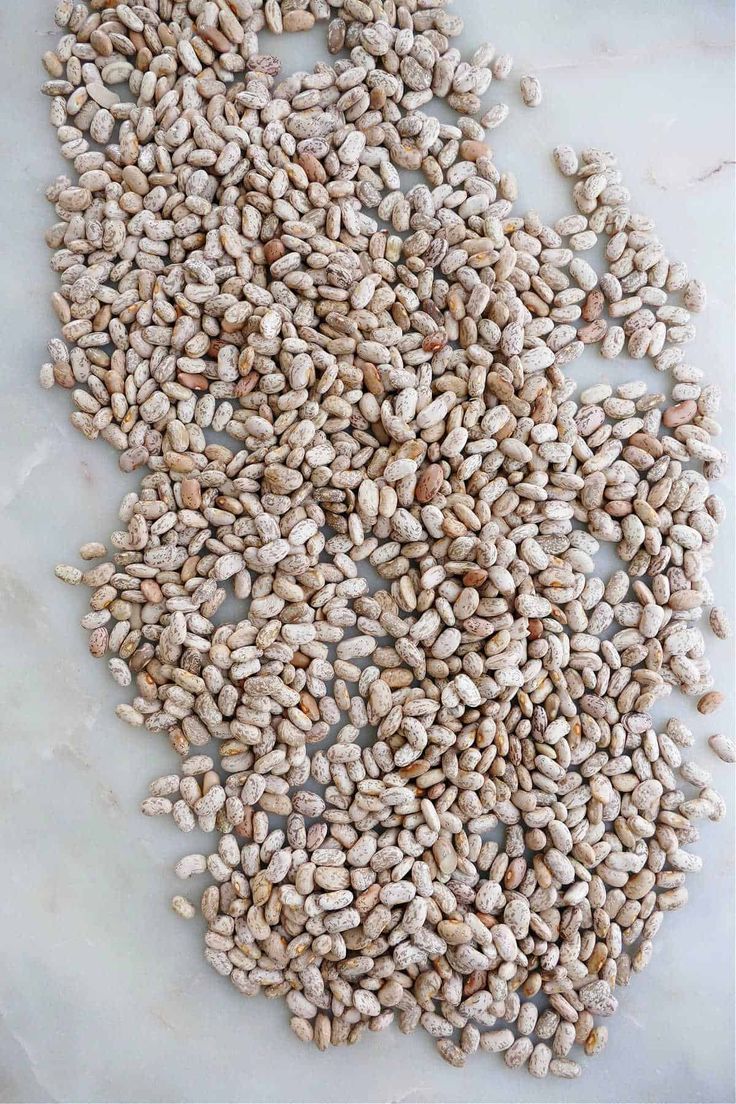
Customs Clearance & Import Regulations for Bulk Iranian Pinto Beans in EU, Middle East & Africa
..
-
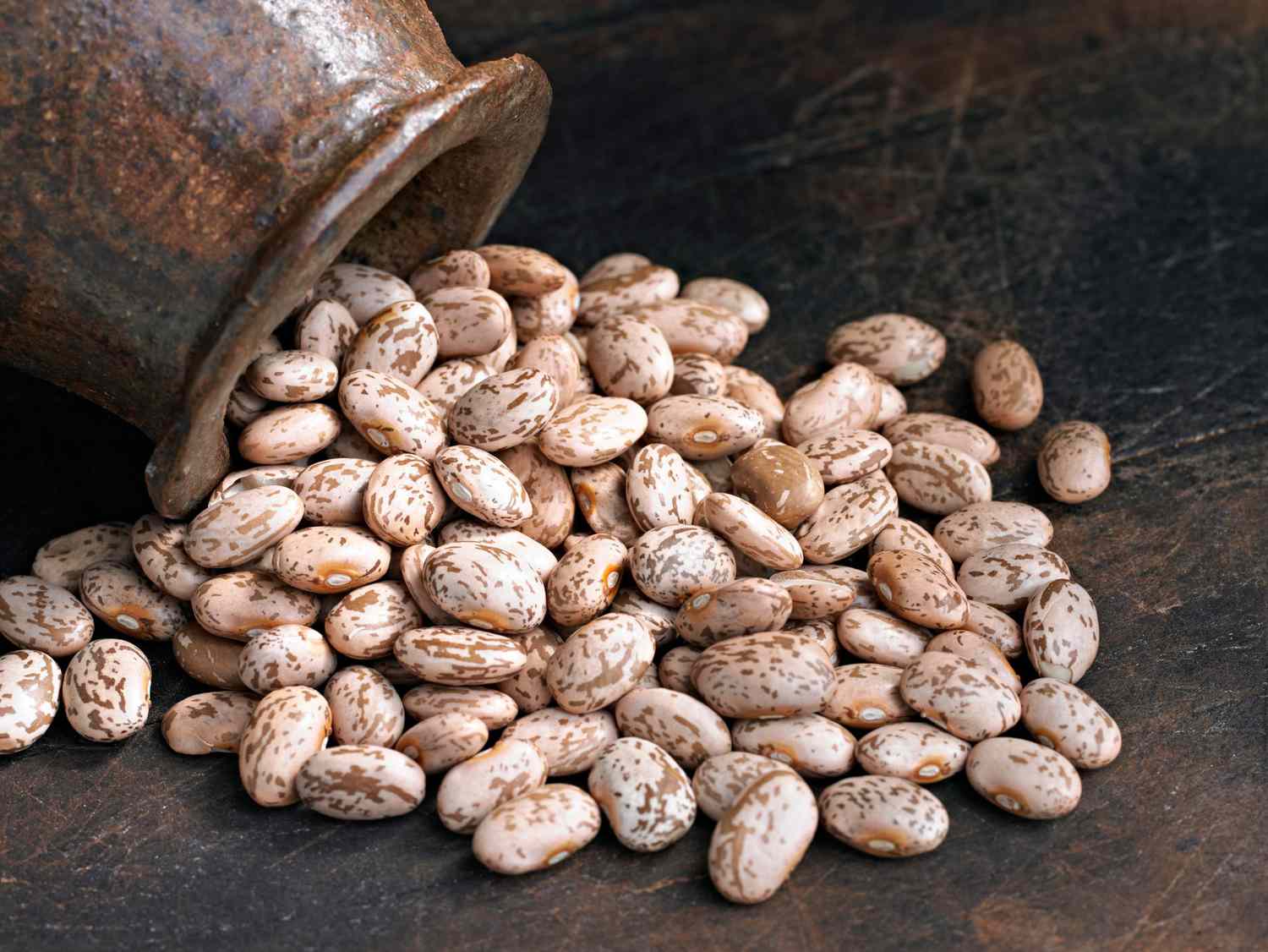
Quality Control & Laboratory Testing Standards for Iranian Pinto Beans
..
-
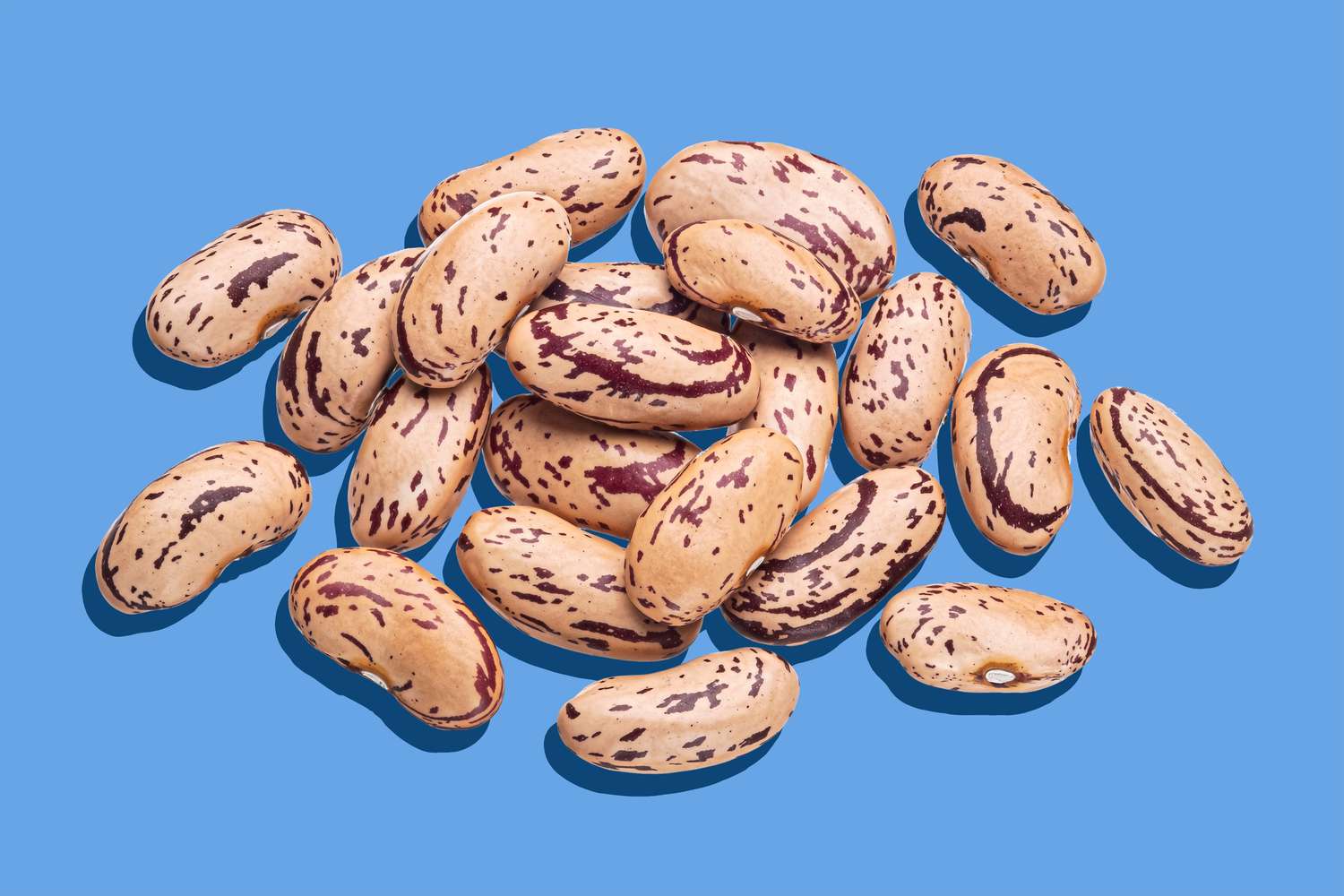
Logistics & Shipping Solutions for Bulk Iranian Pinto Bean Exports
..
-
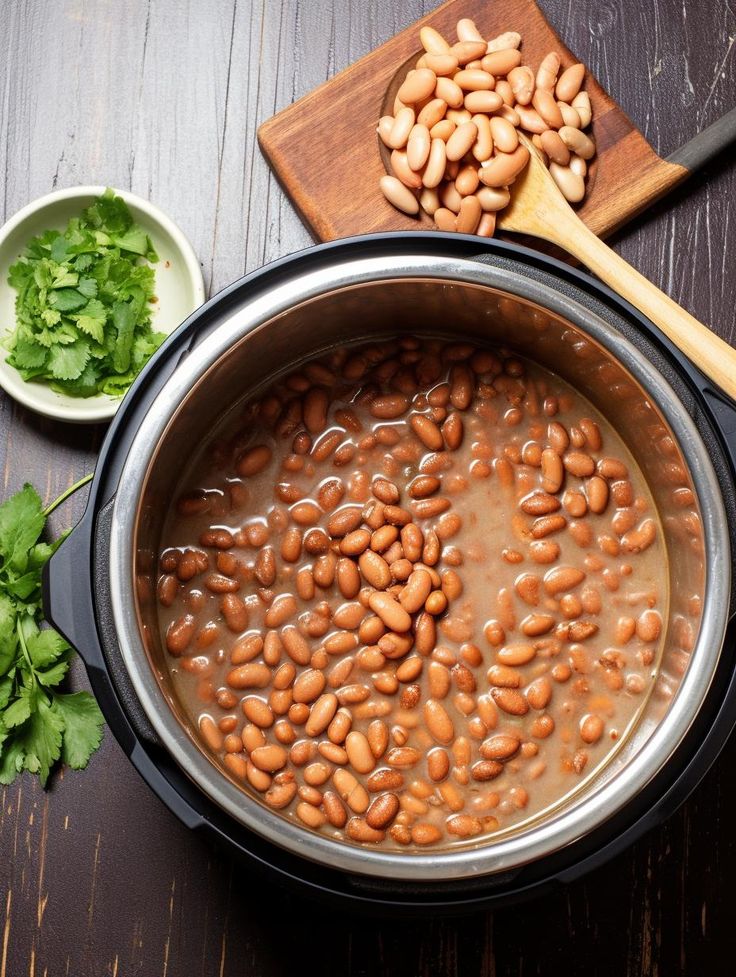
Minimum Order Quantity (MOQ) & Bulk Pricing for Iranian Pinto Bean Buyers
..
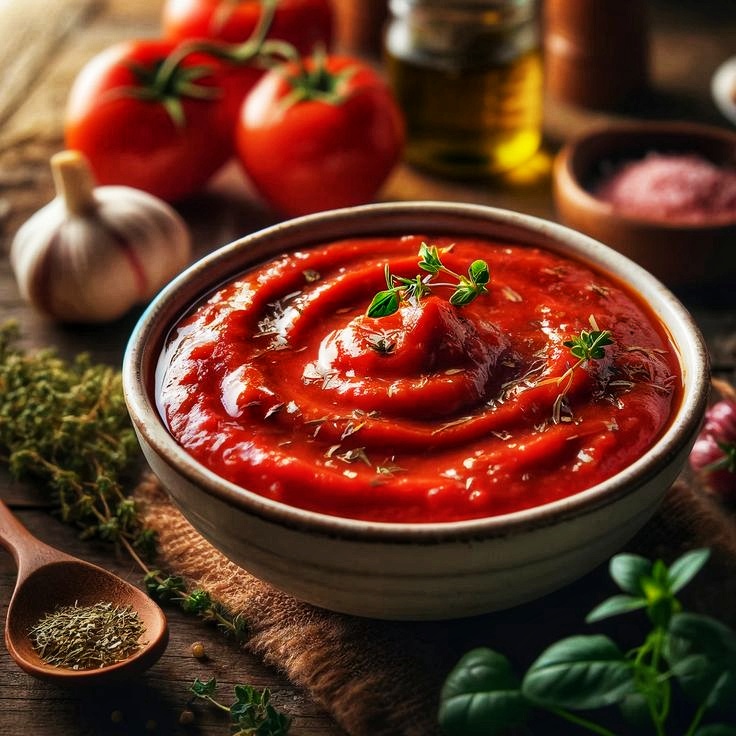
Tags
Differences Between Iranian Tea Culture and Other Tea-Drinking Cultures
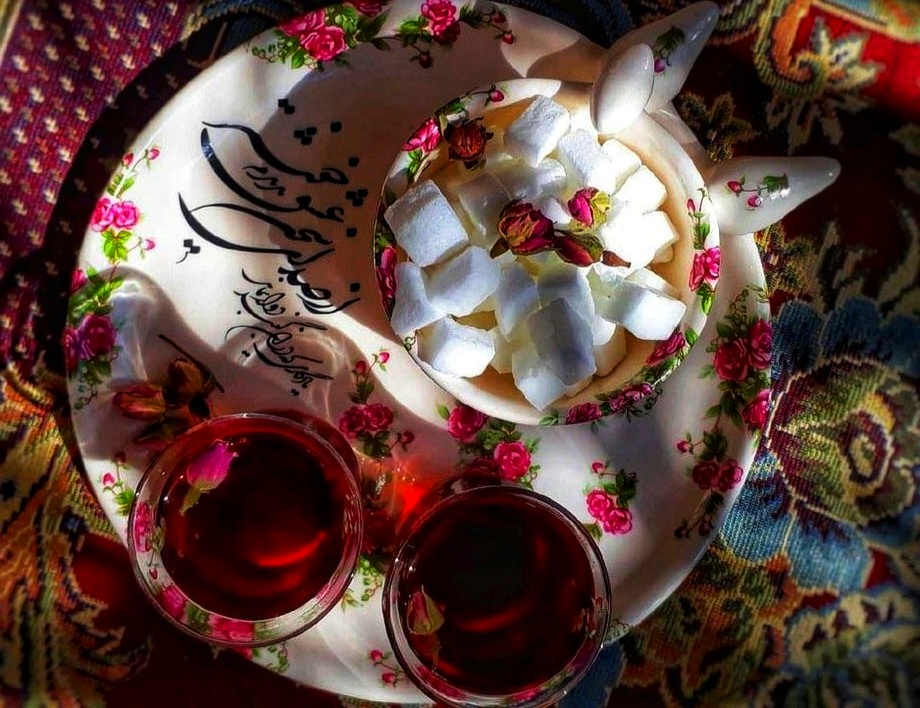
Tea is one of the most beloved beverages across the globe, and each culture has its own unique way of preparing, serving, and enjoying it. Among these, Iranian tea culture stands out for its hospitality, simplicity, and natural flavors. In this article, we explore how Iranian tea traditions differ from those of other well-known tea-drinking countries like China, Japan, the UK, and Turkey.
1. Preparation and Brewing Style
Iran:
• Iranian tea is traditionally brewed using a double teapot (Samovar or "Qoori"). The strong tea concentrate in the top pot is diluted with hot water from the bottom kettle.
• It takes about 10–15 minutes to brew fully, emphasizing patience and depth of flavor.
China and Japan:
• Chinese and Japanese teas (like green and oolong teas) are usually lightly brewed with water temperatures and steeping times carefully controlled.
• Focus is on ceremony, aroma, and clarity of the tea.
UK:
• British tea culture often involves black tea with milk and sugar, with the brewing time being shorter (around 3–5 minutes).
• Tea is typically served with snacks during afternoon tea.
Turkey:
• Similar to Iran, Turks use a double teapot (çaydanlık) and drink strong black tea in small, tulip-shaped glasses.
• Turkish tea is often sweeter and served throughout the day.
2. Serving and Glassware
Iran:
• Served in clear glass cups to showcase the color and strength.
• Always accompanied by sugar cubes (ghand) or sometimes rock candy (nabat).
• Iranians may hold a sugar cube between their teeth and sip the tea through it.
Other Cultures:
• British tea is served in porcelain cups with saucers.
• Japanese tea is poured into ceramic or earthenware bowls during traditional tea ceremonies.
• Chinese tea uses small clay or porcelain cups and Yixing teapots.
• Turkish tea is also served in glass cups, similar to Iran, but more often sweetened before serving.
3. Social and Cultural Role
Iran:
• Tea is a symbol of hospitality. No guest is welcomed without a freshly brewed cup of tea.
• It's a central part of daily life, family gatherings, and business meetings.
• Tea houses (Chai Khaneh) have historical significance and are places for conversation and relaxation.
China & Japan:
• Tea has spiritual and ceremonial importance, especially in Japan, where the tea ceremony is a sacred ritual.
• In China, tea represents harmony and respect and is often used in formal events.
UK:
• Tea is a social ritual, particularly during afternoon tea or breaks at work ("tea time").
Turkey:
• Tea is part of everyday hospitality, from homes to shops and bazaars.
• Offered frequently in business and social settings.
4. Flavors and Additions
Iran:
• Tea is pure and unscented, often made from black tea leaves grown in northern Iran (like Lahijan).
• No milk or lemon is added—just tea and sugar.
Other Cultures:
• The British often use milk and sugar.
• Turkish tea is served strong and sweet.
• Chinese and Japanese teas may include jasmine, matcha, or oolong, with subtle and grassy flavors.
Final Thoughts
Iranian tea culture offers a beautifully simple yet deeply rooted tradition that sets it apart from other global tea customs. Whether enjoyed at home, in a teahouse, or offered to a guest, Iranian tea reflects the nation’s emphasis on warmth, authenticity, and connection.
Explore our collection of authentic Iranian teas and bring a piece of this tradition to your home.



